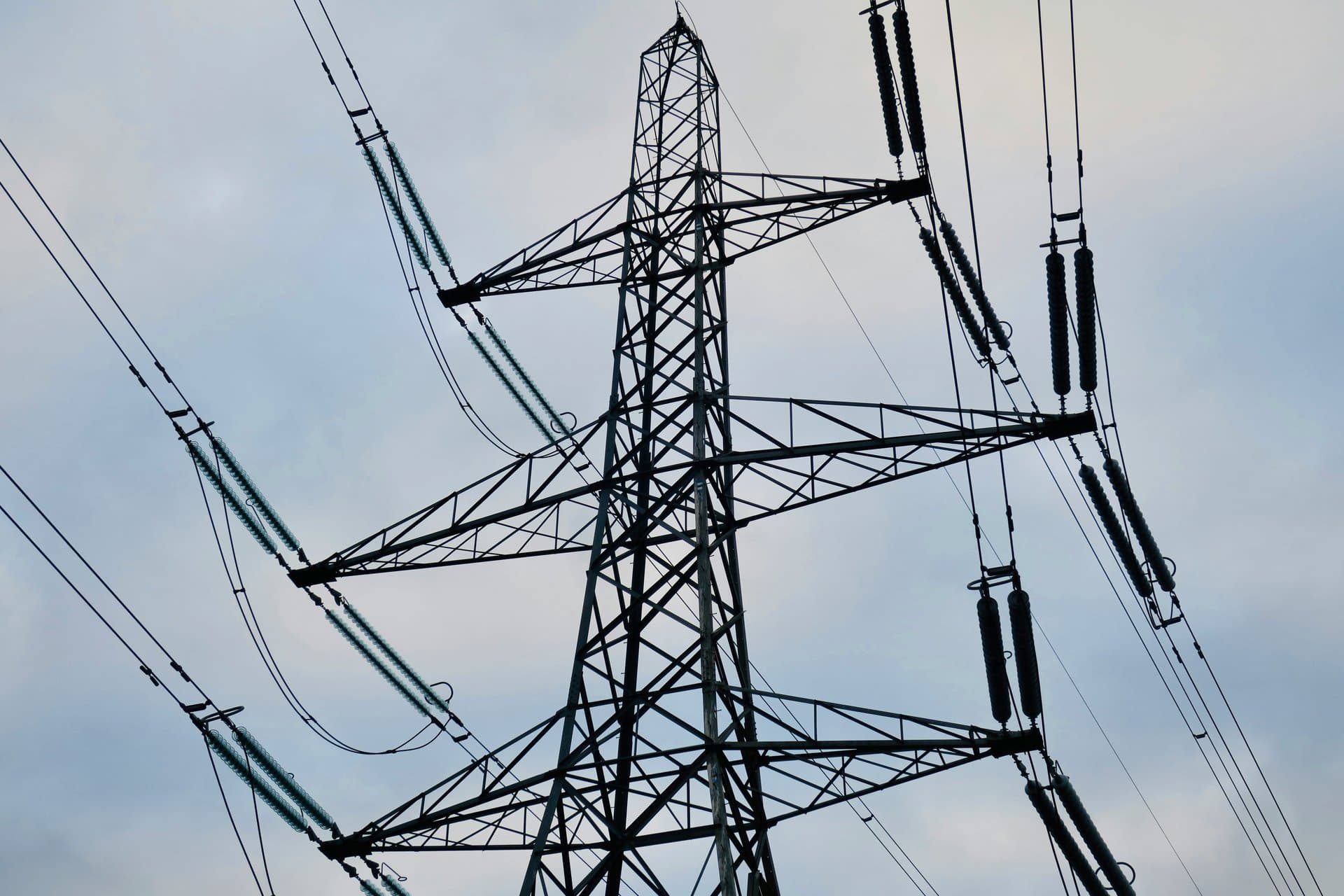US Home Buyers’ Uncertainty and National Grid’s Shareholding Shift
Explore how rising mortgage rates fuel US home buyers’ uncertainty and Bank of America’s major stake in National Grid impacts energy sector investments in this comprehensive finance insight.

Key Takeaways
- Rising mortgage rates heighten US home buyers’ uncertainty.
- Housing affordability challenges slow demand and increase inventory.
- Bank of America’s stake in National Grid crosses a major threshold.
- National Grid shows solid financials with bullish momentum and attractive dividends.
- Economic concerns like inflation add to buyer hesitation.

The US housing market is feeling the squeeze as mortgage rates surge, stirring the highest uncertainty among home buyers since early 2023. Bank of America’s recent survey reveals that rising interest rates and stubbornly high home prices are reshaping buyer sentiment, prompting many to hit pause on their home-buying dreams. Meanwhile, across the pond, Bank of America’s growing stake in National Grid signals strategic moves in the energy sector, with implications for investors eyeing stability amid market shifts. This article dives into the tangled web of rising rates, housing affordability, and major shareholding changes, offering fresh perspectives on what these developments mean for buyers, sellers, and investors alike.
Understanding Rising Mortgage Rates
Imagine planning your dream home purchase only to find the price tag growing overnight—not just the home’s sticker price, but the cost of borrowing itself. That’s the reality US buyers face as mortgage rates climb, the prime culprit behind the highest uncertainty since 2023, according to Bank of America’s survey. These rates directly chip away at purchasing power, turning what once seemed affordable into a stretch. It’s like trying to fill a bucket with a hole—no matter how much water you pour in, it leaks out faster.
This surge in rates doesn’t just pinch wallets; it reshapes buyer behavior. Many potential homeowners are hitting the brakes, delaying purchases until conditions feel less daunting. The emotional weight of this uncertainty is palpable—buyers wrestle with the fear of overpaying or locking into costly loans. It’s a stark reminder that mortgage rates aren’t just numbers; they’re gatekeepers to the American dream of homeownership.
Navigating Housing Affordability Challenges
Housing affordability is the financial Rubik’s cube many Americans are struggling to solve. Elevated home prices paired with rising mortgage rates create a double whammy that squeezes budgets tight. Picture a family budgeting $1,750 monthly for rent and groceries—now imagine that number swelling because of a pricier mortgage. The Bank of America survey highlights that many buyers are shifting their sights toward smaller, more affordable homes or alternative housing options, a pragmatic pivot in a tough market.
This affordability crunch doesn’t just stall dreams; it reshapes the market’s very fabric. Sellers face longer wait times as inventory grows, and buyers sift through more options but with less enthusiasm. The emotional toll is real—hope mingles with hesitation, and the once straightforward path to homeownership becomes a maze. Understanding these affordability dynamics is key to navigating today’s housing landscape with eyes wide open.
Assessing Economic Outlook Impact
Beyond mortgage rates and prices, broader economic clouds loom large over home buyers’ minds. Inflation and whispers of recessionary pressures add layers of complexity to already fraught decisions. It’s like trying to plan a picnic while watching storm clouds gather—uncertainty breeds caution. The Bank of America survey captures this sentiment, revealing that economic concerns contribute significantly to buyer hesitation.
This economic backdrop doesn’t just influence individual choices; it ripples through the housing market. Slowing demand emerges as buyers hold back, waiting for clearer skies. Sellers, in turn, may face pressure to adjust prices or sweeten deals. The interplay between economic outlook and housing decisions underscores how intertwined personal finances are with the broader market pulse.
Interpreting National Grid’s Shareholding Shift
Shifting gears to the energy sector, Bank of America’s disclosure of a major shareholding in National Grid marks a notable development. Crossing a voting rights threshold signals a strategic adjustment in ownership that could influence company governance. National Grid, a UK-based energy transmission and distribution giant, plays a vital role in powering regions with electricity and gas.
This move isn’t just a numbers game; it reflects confidence in National Grid’s solid financial footing. Despite recent revenue and profitability challenges, the company boasts bullish technical momentum and an attractive dividend yield. Analysts, including TipRanks’ AI Analyst Spark, rate National Grid as an Outperform, highlighting strategic investments and initiatives. For investors, this shareholding shift offers a window into energy sector resilience amid market fluctuations.
Connecting Housing and Energy Market Trends
At first glance, US housing uncertainty and National Grid’s shareholding changes might seem worlds apart. Yet, both narratives underscore how macroeconomic forces ripple across sectors. Rising mortgage rates and economic concerns dampen housing demand, while energy infrastructure investments signal a search for stability and growth.
For savvy investors and market watchers, these stories offer complementary lessons. The housing market’s cooling demand and growing inventory highlight caution and recalibration. Meanwhile, National Grid’s solid fundamentals and strategic backing by Bank of America suggest opportunity within steady, dividend-paying stocks. Together, they paint a picture of a financial landscape in flux—where uncertainty coexists with calculated confidence.
Long Story Short
Navigating today’s housing market feels like walking a tightrope—rising mortgage rates and economic jitters have buyers second-guessing their next move. The Bank of America survey paints a clear picture: affordability is slipping, demand is cooling, and inventory is swelling. For sellers, patience and pricing strategy become crucial as the market adjusts. On the investment front, Bank of America’s increased stake in National Grid highlights a bet on energy infrastructure’s resilience, backed by solid financials and promising dividends. The takeaway? Whether you’re hunting for a home or scouting stocks, understanding these shifts equips you to make smarter, more confident decisions. The housing market’s uncertainty isn’t a dead end—it’s a call to rethink, recalibrate, and seize opportunities where others hesitate.